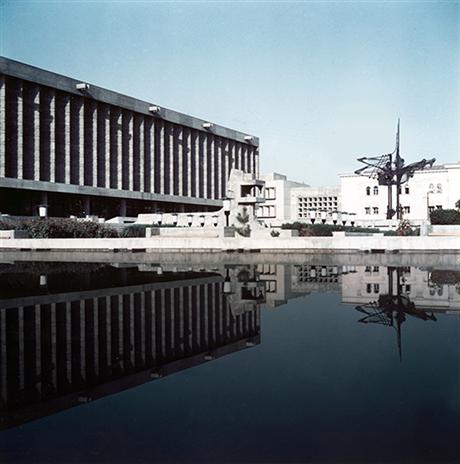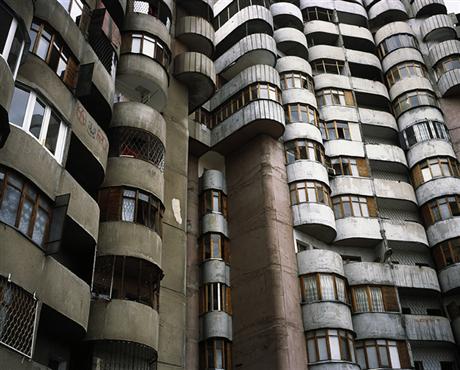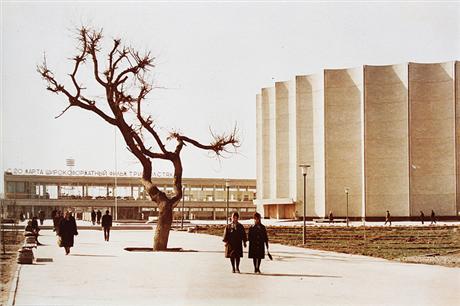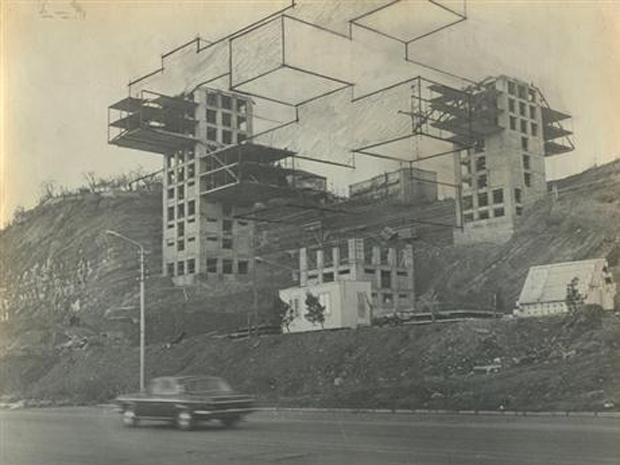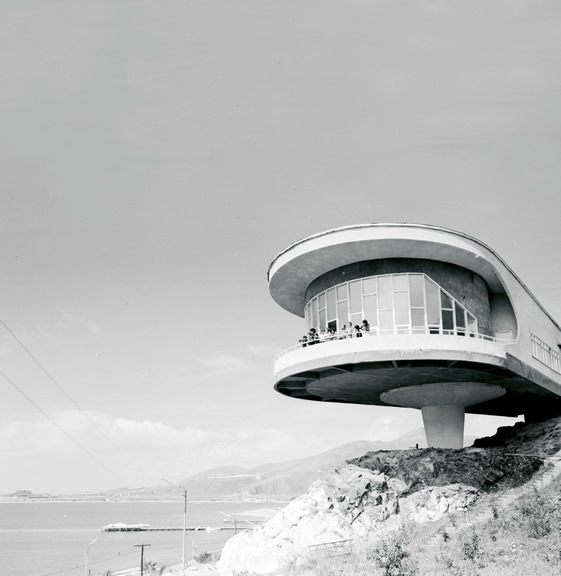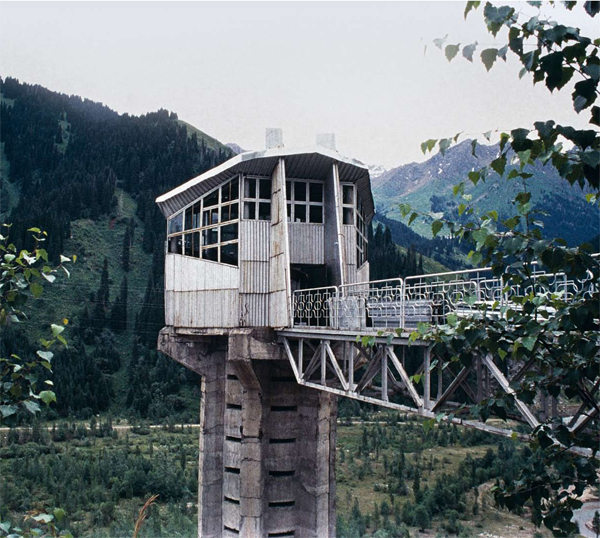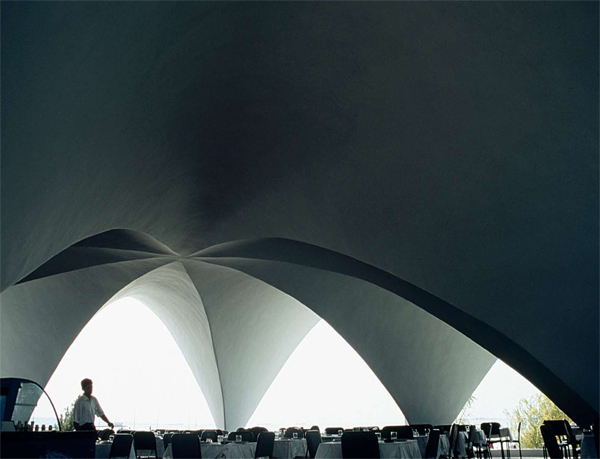Exhibition rethinks the USSR’s architectural legacy
An exhibition about Soviet architecture opens in Istanbul next month, eschewing the early revolutionary buildings of the Soviet period in favour of the more restrained architectural style that followed the death of Joseph Stalin. According to Georg Schöllhammer, curator of Trespassing Modernities at Salt Galata gallery, Stalin’s death in 1953 was followed by a call for modernisation and the rejection of socialist realism. “A new urbanisation was driven by an ideology of scientific and technological progress,” he explains.
“It was conceived by local planning offices in each republic and executed to the standardisations of the construction industry. Architects experimented with concepts of international architecture and the legacy of soviet modernism of the 1920s. Rapidly an original Soviet language of late modernism developed.”
Ultimately the ideals of socialist realism and centralised planning gave way to more modest, western architectural styles in former Soviet states. “Thus an architectural avant-garde, that defied the dominant politics of the central Moscow bureaucracy, was able to form in the republics,” writes Schöllhammer. The exhibition features examples that range from the Ministry of Transportation in Tbilisi, Georgia (1975), to the Palace of Arts in Tashkent, Uzbekistan (1974).
The exhibition runs from 8 May to 11 August.
